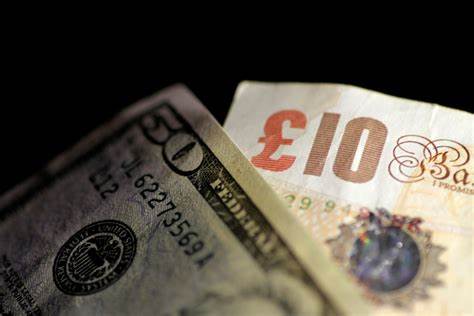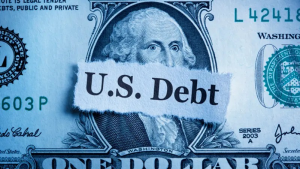The Pound Sterling (GBP) struggles to hold gains above the crucial resistance of 1.2500 as market sentiment turns uncertain in Thursday’s early American session. The GBP/USD pair is slightly down from its previous close of 1.2526. The Cable is losing the strength that was driven by a weaker US Dollar, which was battered on Wednesday after the Federal Reserve’s (Fed) guidance on interest rates was less hawkish than feared, while keeping them unchanged for the sixth straight time.
The commentary from Fed Chair Jerome Powell in the press conference after the monetary policy meeting showed that he still sees the central bank pivoting to interest rate cuts this year even though he remains worried over stalling progress in inflation declining to the 2% target. When asked about the Fed’s stance on interest rate cuts, Jerome Powell said that he expects inflation to fall over the course of the year, but that "my confidence in that is lower than it was."
About the inflation outlook, Fed Chair Jerome Powell said that price growth “is still too high," adding that "further progress in bringing it down is not assured and the path forward is uncertain."
Apart from the Fed’s less-hawkish outlook, the sharp decline in the pace of balance sheet tapering suggested that the central bank is still leaning towards quantitative easing.
Daily digest market movers: Pound sterling pares some Fed's slightly less hawkish guidance-inspired gains The Pound Sterling is losing strength above the psychological resistance of 1.2500 against the US Dollar (USD) amid uncertainty as investors pivot to the US Nonfarm Payrolls (NFP) data and ISM Services PMI report for April, which will be published on Friday. Economists have forecasted that US employers hired 243K job-seekers in April, lower than the prior reading of 303K. The Services PMI is estimated to have increased to 52.0 from the prior reading of 51.4. The appeal for risk-perceived currencies is taking a hit as the labor market data will significantly influence market expectations for Fed rate cuts, which are currently anticipated from the September meeting. On Wednesday, the indication from the Fed that it remains tilted towards unwinding quantitative tightening weighed heavily on the US Dollar and bond yields. Fed Chair Jerome Powell delivered less hawkish than feared guidance on interest rates, citing that more rate hikes are "unlikely" despite no progress in the disinflation process in the first quarter this year. The US Dollar Index (DXY), which tracks the Greenback’s value against six major currencies, consolidates near 105.50 in the early New York session. The US Dollar remains steady despite weak Q1 Unit Labor Cost data and steady Initial Jobless Claims figure. Unit Labor Costs grew at a significantly slower pace of 0.3% from the consensus of 3.2%. Meanwhile, weekly Jobless Claims for the week-ending April 26 were steady at 208K, lower than the estimates of 212K. In the United Kingdom, investors shifted focus to the Bank of England’s interest rate decision, which will be announced on May 9. The BoE is expected to hold interest rates steady at 5.25% for the sixth time in a row. Investors will keenly focus on the inflation outlook and cues about when the BoE will start reducing interest rates.
The Pound Sterling trades in a narrow range above the crucial support of 1.2500. The GBP/USD pair continues to face pressure near the neckline of the Head and Shoulder pattern. On April 12, the Cable experienced an intense sell-off after breaking below the neckline of the H&S pattern plotted from December 8 low around 1.2500.
The long-term outlook of the Cable is uncertain as it struggles to sustain above the 200-day Exponential Moving Average (EMA), which trades around 1.2530.
The 14-period Relative Strength Index (RSI) oscillates within the 40.00 to 60.00 range, suggesting indecisiveness among market participants.













